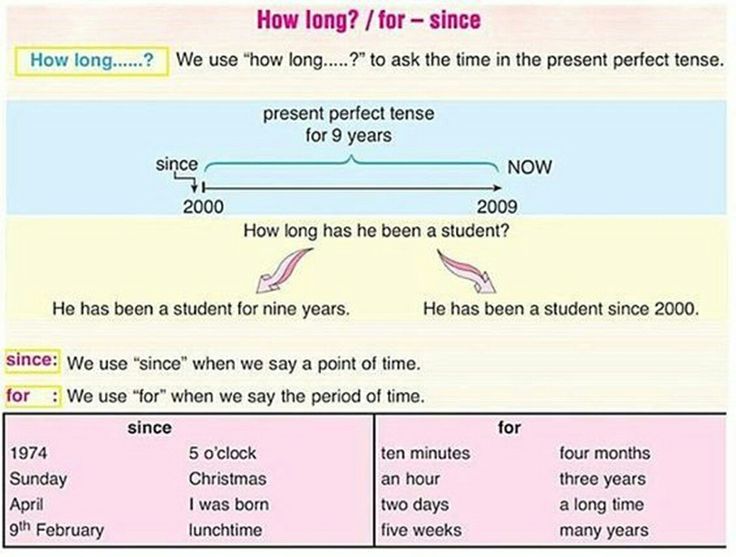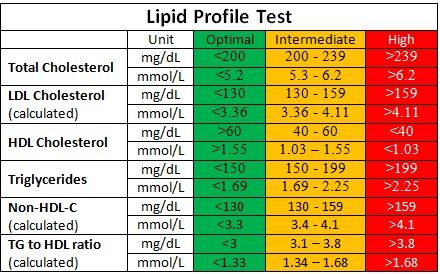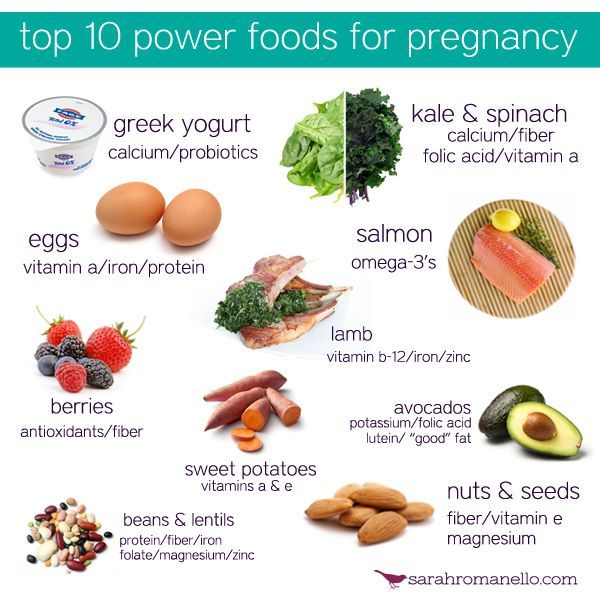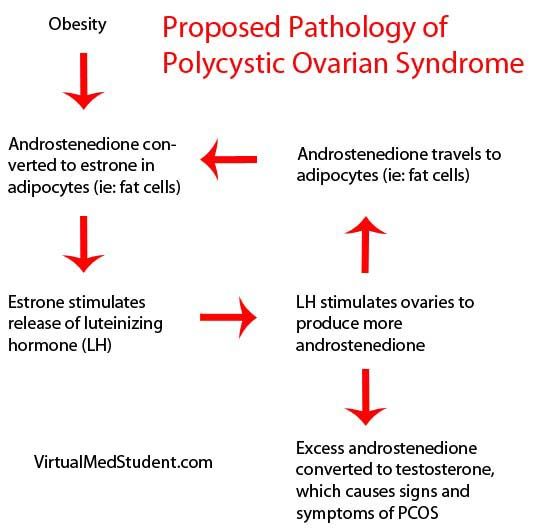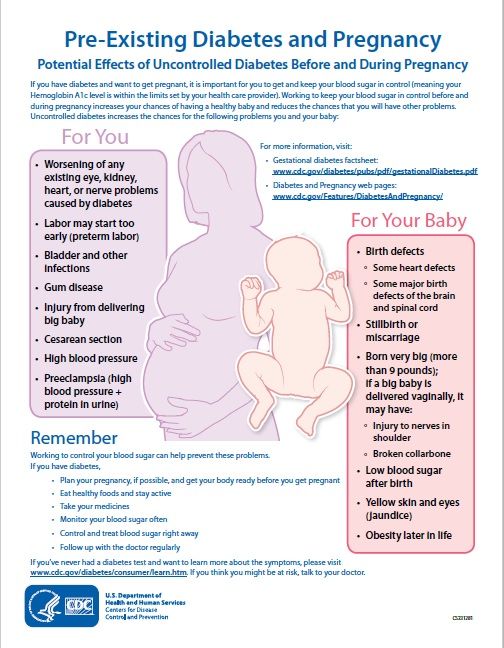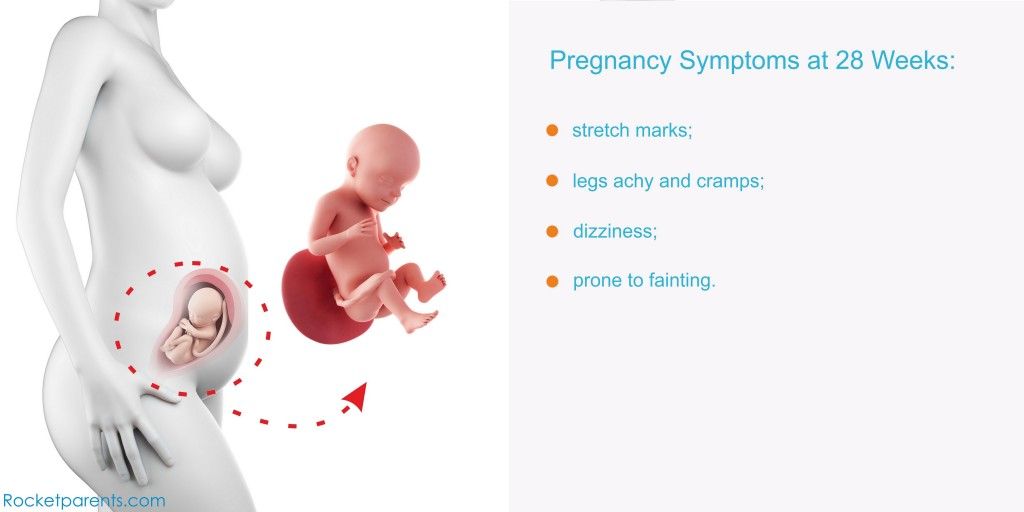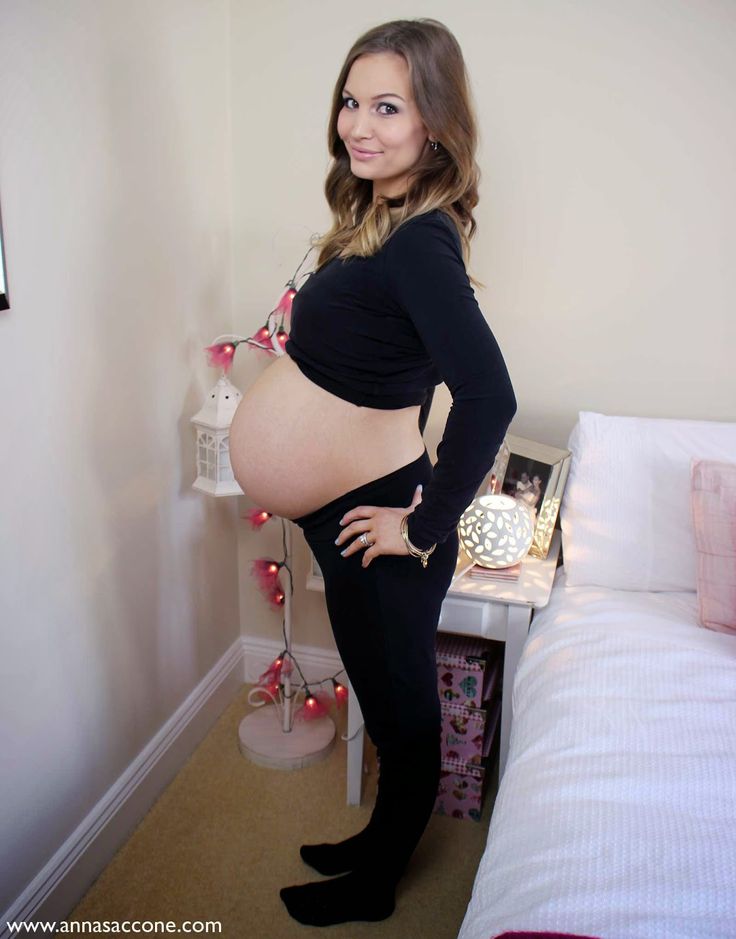Baby 2 month developmental milestones
Your baby's developmental milestones at 2 months
Explainer
Everything you need to know about your growing 2-month-old.
UNICEF
Your 2-month-old is wide-eyed and curious, smiling at faces and engaging with everything around her/him. Babies at this age are social and love to interact. Here is how your little one will be growing, learning and changing during this sweet age.
| Social and emotional |
| Language and communication |
| Brain development |
| Movement and physical development |
| Food and nutrition |
| Things to look out for |
| Tips and resources |
| < Back to Parenting Milestones |
Social and emotional milestones at 2 months
Some of the ways you’ll see your little one learning to connect with the people around her at 2 months.
- Can self-soothe by sucking on her hand.
- Starting to smile at others.
- Attempting to look at her parents.
Tips for parents
- Engage in skin-to-skin contact. Your warmth will help soothe her.
- Hold your baby close to your face and make eye contact. This will help your little one learn your features.
Language and communication milestones at 2 months
How your baby is engaging and expressing his needs.
- Alerted by sounds and turns toward them.
- Making cooing noises.
Tips for parents
- Have “conversations” with your baby when he makes cooing noises by speaking back to him in a baby talk voice. This back and forth is important for helping him to develop language and communication skills.
Brain development milestones at 2 months
Your child’s brain is growing!
- Beginning to track people and objects with her eyes.

- Starting to get fussy if she’s feeling bored.
- Paying attention to the faces she sees.
Tips for parents
- Say the names of the objects or people your little one is showing interest in.
Movement and physical development milestones at 2 months
How he’ll move through his environment.
- Arm and leg motions will be smoother.
- Can push up while on his belly and hold his head up.
Tips for parents
- Participate in tummy-time with your little one by facing your baby and speaking with him while he is placed on his stomach in front of you.
- Encourage him to move his head, arms and legs by moving safe toys around him.
Food and nutrition milestones at 2 months
What mealtimes look like at 2 months.
- All of the nutrition your baby needs can be found in breastmilk.
- She’ll easily suck and swallow during feeding.
- Her tongue will move back and forward to suck.
- She’ll latch onto her mother’s nipple or a bottle.
Tips for parents
- You should see signs of hunger about 8 to 12 times in 24 hours. Newborn babies need to eat a lot because they’re growing rapidly. They double their birth weight in the first six months of life, or before.
Things to look out for
While all babies develop differently, you should speak to your paediatrician if your 2-month-old:
- Can’t latch while nursing or bottle feeding.
- Loses a lot of breastmilk or formula out of the side of his mouth while feeding.
- Won’t smile at people.
- Doesn’t bring his hands to his mouth.
- Has no response to loud noises.
- Doesn’t track people and objects as they move.
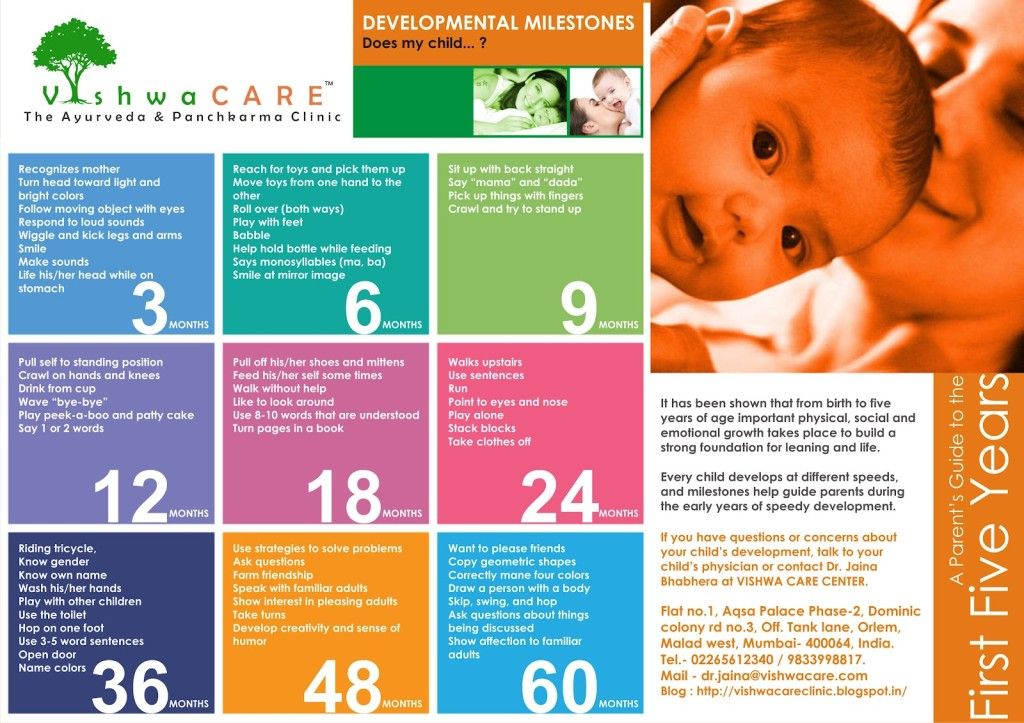
- Is unable to hold his head up while on his tummy.
True or false?
Loading...
Explore age groups
2 Months | 4 Months | 6 Months | 9 Months | 1 Year | 18 Months | 2 Years
< Back to Parenting Milestones
Your baby's growth and development - 2 months old
beginning of content5-minute read
Listen
Your 2-month-old is growing fast and becoming more alert. They will be making more sounds and getting more skilled at moving their body. They will still be crying a lot - but you've probably already seen that magic first smile (usually at 6 weeks) which somehow makes all the hard work worthwhile.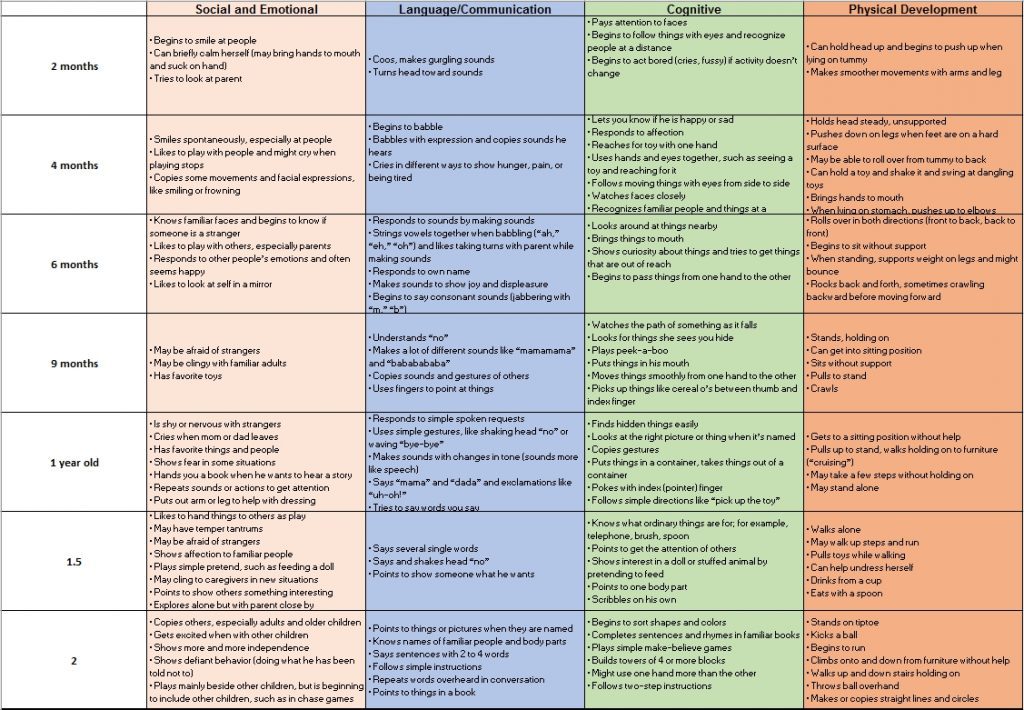
Your 2-month-old
By 2 months, your baby will have put on a lot of weight and may be looking round and chubby. As their muscles develop, their arms and legs start to move more freely, stretching out to make them seem taller and leaner.
During their first 2 months, your baby is growing very quickly. They will keep growing at this rate, probably gaining about 900g and growing 2.5 cm to 3.8 cm every month.
Babies often have a growth spurt at about 6 weeks. This might make them more fussy because they want to eat more than usual. It might feel like you’re feeding all the time, especially at certain times of the day. You can sometimes tell your baby is hungry if they’re sticking their tongue out or sucking. If they doze off or turn their head away, they’re probably full.
At 6 to 8 weeks, your baby will have their scheduled vaccinations - 2 injections and the oral rotavirus vaccine.
Understanding baby growth charts
A growth chart helps you and your doctor keep track of how your baby is growing.
What can your baby do?
By 2 months your baby will have discovered their fingers and hands. They will hold their hands open and grab an object (although they don’t know how to let go yet!) They might also clasp both hands together.
2-month-old babies will start to learn how to coordinate their movements. Instead of the jerky arm and leg movements that made when they were born, they can move more smoothly and in more of a circular motion. They will kick both legs strongly and will be very wriggly. They may even roll over, so don’t ever leave them alone on a change table.
Their neck will be getting stronger all the time. During tummy time they might be lifting their head and moving it from side to side. Some babies can even lift their chest off the ground by now.
Some (though very few) babies can sleep through the night by the time they reach 2 months. But even if you’re not one of the lucky parents or carers, your baby will at least be sleeping for longer stretches at a time. They’ll probably be having 2 to 4 long sleeps and will be more awake and alert during the day — although babies’ sleep patterns still vary widely at this age.
They’ll probably be having 2 to 4 long sleeps and will be more awake and alert during the day — although babies’ sleep patterns still vary widely at this age.
Your baby’s eyes, which may have been crossed when they were younger, move together most of the time now. They will clearly recognise you, will look at you when you talk to them, and can follow you with their eyes. They will love looking at your face and will be giving you some lovely smiles. They will like looking at objects with more complex patterns and colours.
They will also be making a lot more sounds and gurgling, including sounds like ‘a’ or ‘o’, and they will seem to listen to you and talk back to you.
How can I help my baby develop?
As your baby develops more of a rhythm, you’ll find they are awake more during the day. This gives you more time to interact with them and help them develop. Spend plenty of time reading to them, singing, and talking. That way they’ll get used to sounds and words and will start to develop language and communication skills.
You can play with them by letting them look at and feel a variety of objects with different designs, colours, and shapes. Plastic toys and soft balls work well.
They will love looking at you, so make sure you smile at them a lot. It releases ‘feel-good’ chemicals in your baby’s body and helps them to feel safe and secure. You could also give your baby a massage to relax them. After a bath is a good time.
Continue with 1 to 5 minutes tummy time to strengthen their neck and upper body. It will help them develop the muscles they’ll need later to sit and crawl. But always put your baby to sleep on their back.
Development problem signs
Babies develop at a different rate. At 2 months, talk to your doctor or maternal child health nurse if:
- they aren’t smiling by 8 weeks
- they don’t calm down, even for a little while, when you pick them up to comfort them
- one side of their body seems to be stronger than the other
- they’re still holding their fingers in a tight fist
- sudden noises don’t startle them
- they aren’t feeding properly
- they’re floppy or stiff
Where can I go for help?
If you are worried or would like to discuss any issues with your baby’s development, speak to your doctor or child health nurse.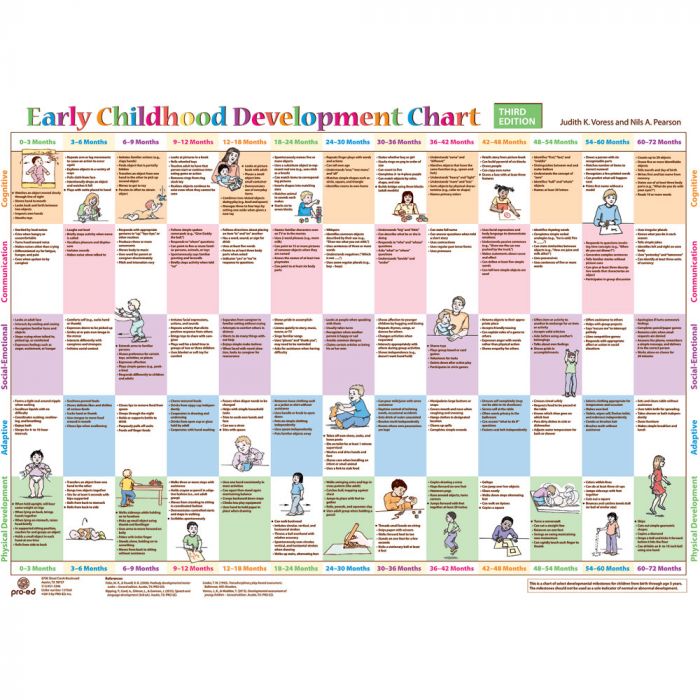
Speak to a maternal child health nurse
Call Pregnancy, Birth and Baby to speak to a maternal child health nurse on 1800 882 436 or video call. Available 7am to midnight (AET), 7 days a week.
Sources:
Raising Children Network (1-2 months: newborn development), Women's and Children's Health Network (Milestones: Children 0-4 years), Kids Health (Your baby’s health – 2 months), Australian Children's Education and Care Quality Authority (Developmental milestones and the Early Years Learning Framework and the National Quality Standards)Learn more here about the development and quality assurance of healthdirect content.
Last reviewed: October 2020
Back To Top
Related pages
- Bonding with your baby
- How your baby learns - birth to 3 years
- Your baby’s growth and development – first 12 months
- Understanding baby growth charts
This information is for your general information and use only and is not intended to be used as medical advice and should not be used to diagnose, treat, cure or prevent any medical condition, nor should it be used for therapeutic purposes.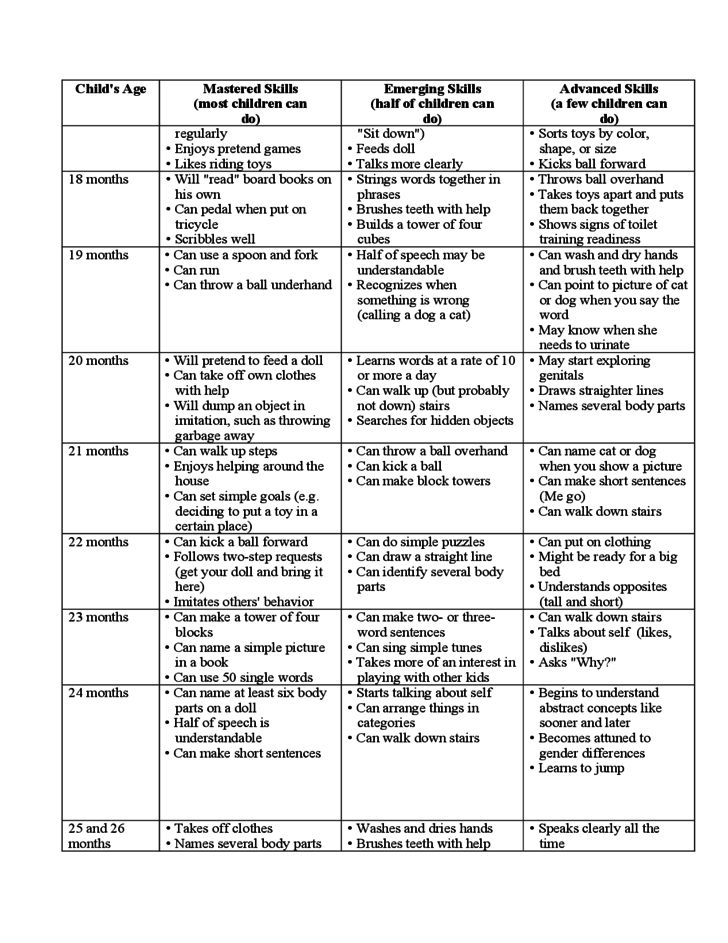
The information is not a substitute for independent professional advice and should not be used as an alternative to professional health care. If you have a particular medical problem, please consult a healthcare professional.
Except as permitted under the Copyright Act 1968, this publication or any part of it may not be reproduced, altered, adapted, stored and/or distributed in any form or by any means without the prior written permission of Healthdirect Australia.
Support this browser is being discontinued for Pregnancy, Birth and Baby
Support for this browser is being discontinued for this site
- Internet Explorer 11 and lower
We currently support Microsoft Edge, Chrome, Firefox and Safari. For more information, please visit the links below:
- Chrome by Google
- Firefox by Mozilla
- Microsoft Edge
- Safari by Apple
You are welcome to continue browsing this site with this browser.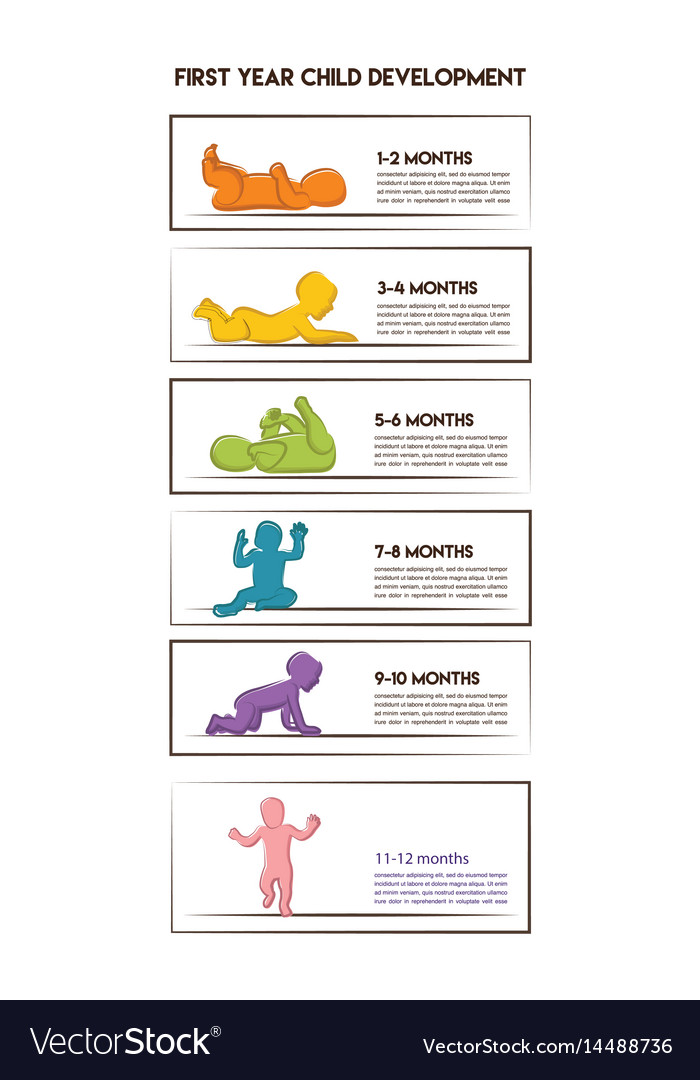 Some features, tools or interaction may not work correctly.
Some features, tools or interaction may not work correctly.
Development of a child at 2 months
At 2 months the child's motor skills are getting better and better. It becomes easier for the child to control his body, some sharp and unconscious movements become a thing of the past, the crawling reflex disappears. The grasping reflex begins to develop well, it is expressed more and more in the grip of the fingers or hair of adults by the child. Often a child at two months old can already hold a small toy in his hands for some time, pressing it with his palm.
In addition, the baby likes to put everything in his mouth and taste it. At this age, the baby can open his hand on his own, so you can often see his fingers in the crumbs' mouth. At 2 months, the baby should be able to hold his head well in a raised position and in an upright position. The baby is able to lie on his tummy to independently raise his chest and head and stay in this position for up to twenty seconds.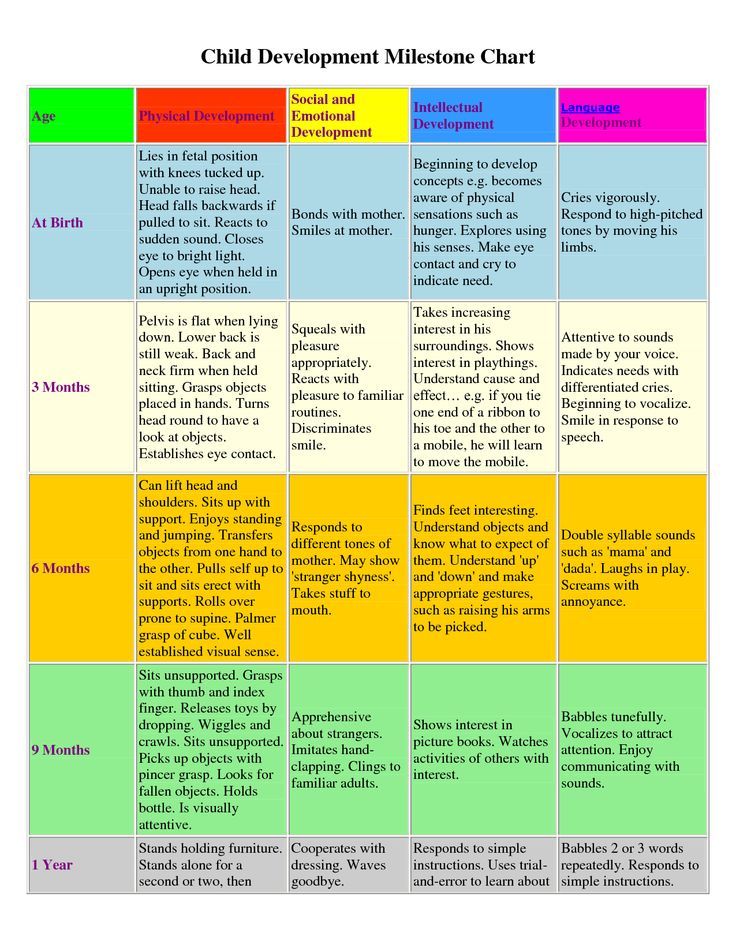
A two-month-old child actively explores the world around him with interest. At 2 months, the child should be able to distinguish between strangers and familiar voices. He often smiles at his father and mother, and at the same time carefully and warily looks into the face bent over him. The child can distinguish between unloved and favorite objects, he is drawn to everything that interests him. The attention of the baby begins to attract sounding and moving objects. He can follow how they move, the child listens to sounds and stretches in the direction of the object with his tiny hand.
At this age, mom and dad can hear sounds from their baby that are somewhat reminiscent of singing. These are the sounds usually uttered before the start of the hum. At this time, the baby is trying to reproduce the sounds he hears from the people around him.
And although it may seem to you that such sounds are meaningless, still help the baby to pronounce them, sing along with him, and then you will notice that a child at 2 months old can pronounce sounds well.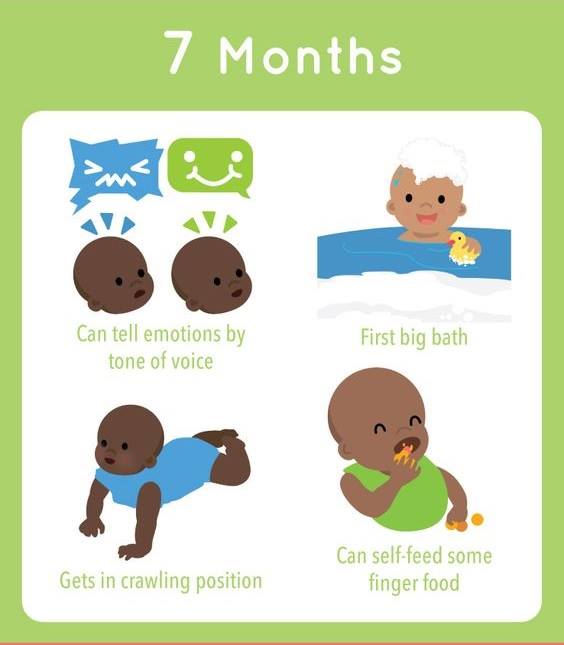
What games and activities does a 2-month-old baby need to develop?
Although the baby is still very tiny, he is already actively developing. At this time, his hearing, vision, coordination of movements and motor skills are improved. Therefore, the child needs activities and games for development. Moreover, you need to include them in the crumbs schedule every day. Due to the increasing attention to the objects surrounding the child, offer him games with objects to develop his vision. Let's say you can move a small toy at a distance of thirty cm from the face of the crumbs, but just choose something bright and colorful. Then the baby will concentrate his attention on her and, accordingly, drive his eyes. And subsequently, the baby's vision will become better.
It is necessary to constantly monitor the child's mood. If you notice that he is bitching and unhappy, stop the game. It is good to use various patterns for the development of the crumbs' vision: black and white, color, with pictures. Hang them in the child's field of vision.
Hang them in the child's field of vision.
To improve the grasping reflex of the crumbs and develop his motor skills of very small hands, play balls with the baby. Find balls of different sizes, textures and colors, made from various materials. It can be wooden, plastic, rag balls. Put them in turn in the palm of the crumbs, invite him to grab the ball. Later, you can hang the balloon on a string and gently lower it into the child's hand. At the same time, offer the baby to grab the ball, then slowly sip the ball, stimulate the baby to hold the ball tighter. After all, at 2 months the child should be able to do this.
Since the baby's motor skills are developing well at two months, you can already do exercises that help strengthen the baby's muscles. This is especially true of the back, neck muscles, arms. Putting the baby on the changing table on the tummy, sit down next to him and call him by name and at the same time show some bright toy. Interested, the child will try to raise his head to look at the toy.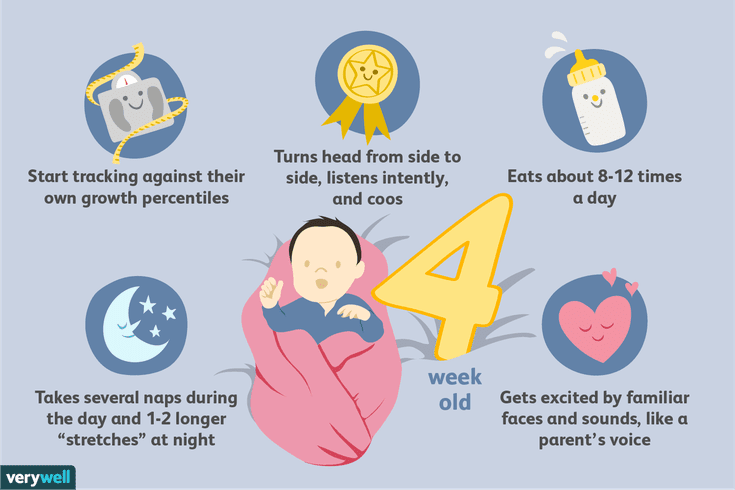 Thus, the muscles will be trained. The same can be done by placing the child on your stomach and urging the baby to look face to face. Soon you will notice that thanks to your efforts, your child at 2 months can do things that other children still cannot do.
Thus, the muscles will be trained. The same can be done by placing the child on your stomach and urging the baby to look face to face. Soon you will notice that thanks to your efforts, your child at 2 months can do things that other children still cannot do.
To develop your baby's hearing, tie small bells to your baby's socks. With every movement, the bells will ring. Hearing will be improved with the help of music. It would be nice to include the classics for the baby, while changing composers and observing which of them the baby likes the most. It would also be good to introduce the child to rhythm and meter. That is, just read poetry to him, tell all kinds of jokes and "rhymes", sing songs for children.
Child development at 2 months
08.03.2021
25152
23
Child development
0-3 months
Article
Babysleep
team Babysleep
Consities, Psychologists, Consultants for Guards
Your little man already 2 months? Fasten your seat belts, dear parents.![]() The development of the child is gaining momentum, and to keep up with it, read our article carefully. From it you will learn what awaits you in the coming weeks, what your baby already knows or will soon begin to do, and how you can help him in understanding the world and himself.
The development of the child is gaining momentum, and to keep up with it, read our article carefully. From it you will learn what awaits you in the coming weeks, what your baby already knows or will soon begin to do, and how you can help him in understanding the world and himself.
0–4 months. Improve sleep in 3 weeks
In this article:
Height and weight of a child at 2 months
Skillful hands: the formation of hand skills at 2 months
Physical development of a child at 2 months
Mental development of a child at 2 months
Baby massage at 2 months
2 month baby's speech development
How to play with 2 month old baby
Toys for 2 month old baby
How sleep and baby's development influence each other
All children are different. Even twins often have different rates of development. Any tables and norms can only serve as a guide. Hardly anyone can feel a child better than a mother and know what and when he needs.
Child height and weight at 2 months
In 2005, the World Health Organization (WHO) issued the Child Development Standards. They are based on a large-scale study of the height and weight of almost 9,000 full-term boys and girls from around the world who were breastfed for at least 6 months. Unlike the old standards, the new norms allow parents to track the development of the child, taking into account his individual characteristics.
Height at 2 months
Babies grow an average of 3.5 cm in the second month. An increase of 2 or 3 cm is also normal. more than a dream Boys
The norms of height and weight in children are very wide, depending on the term of delivery and birth weight, type of feeding.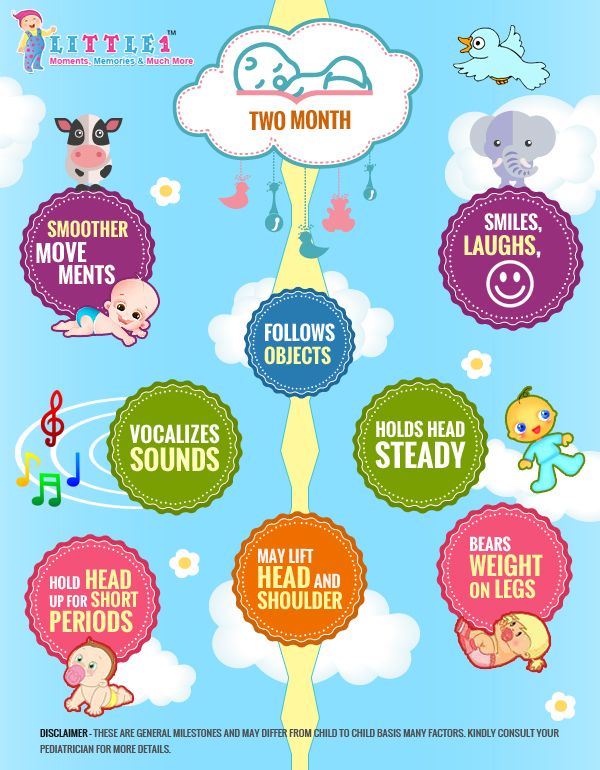 It is optimal when the height and weight indicators are in the same column-corridor (“medium”, “low”, “above average”, etc.) or in neighboring ones. The attention of the pediatrician is required when both indicators are in the extreme columns, or the difference between the corridors of values is 3 or more (for example, weight and height in the first percentile corridor is “very low” or weight in the first is “very low”, and height in the fifth is “higher than average").
It is optimal when the height and weight indicators are in the same column-corridor (“medium”, “low”, “above average”, etc.) or in neighboring ones. The attention of the pediatrician is required when both indicators are in the extreme columns, or the difference between the corridors of values is 3 or more (for example, weight and height in the first percentile corridor is “very low” or weight in the first is “very low”, and height in the fifth is “higher than average").
Weight of a child at 2 months
In the second month of life, the child most often gains about 800 grams in weight. But it can add both a little less and much more. It is definitely worth showing the baby to the doctor if he adds less than 125 grams per week.
Shulamith Volfson
Pediatrician with more than 18 years of experience
It is worth remembering the difference in gains between breastfed and artificially fed children.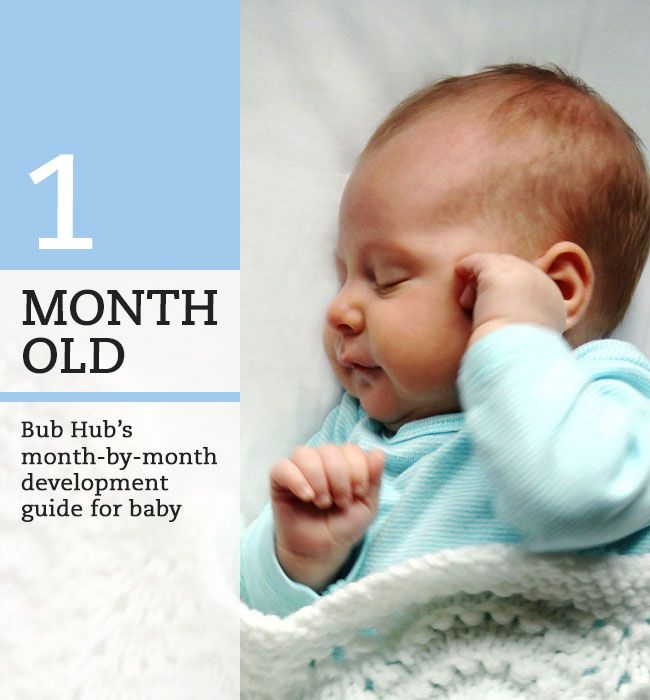 Babies on IV add smoothly, in the first six months, 600–700 g each. But babies on HB up to 4–6 months can sometimes gain even up to 1.5–2.5 kg per month, and this is absolutely normal, in the second half of the year such "Pyshechka" will definitely grow slimmer.
Babies on IV add smoothly, in the first six months, 600–700 g each. But babies on HB up to 4–6 months can sometimes gain even up to 1.5–2.5 kg per month, and this is absolutely normal, in the second half of the year such "Pyshechka" will definitely grow slimmer.
Putting a small, light object in your baby's hand can hold it for a couple of seconds. While sucking, the baby can rhythmically squeeze and unclench his fingers.
When at rest, the fingers are most often clenched into a fist. But if bright toys are hung over the child at a distance of 30-40 cm, he may try to grab them on his own. Often the baby grabs one hand with the other and carefully examines them.
Physical development of a child at 2 months
The arms are already fully opened, that is, the baby does not constantly press them to the body with bent elbows. Lying on his stomach, he can slightly rise with support on his forearms. Remember that before feeding it is useful to lay the baby on the tummy.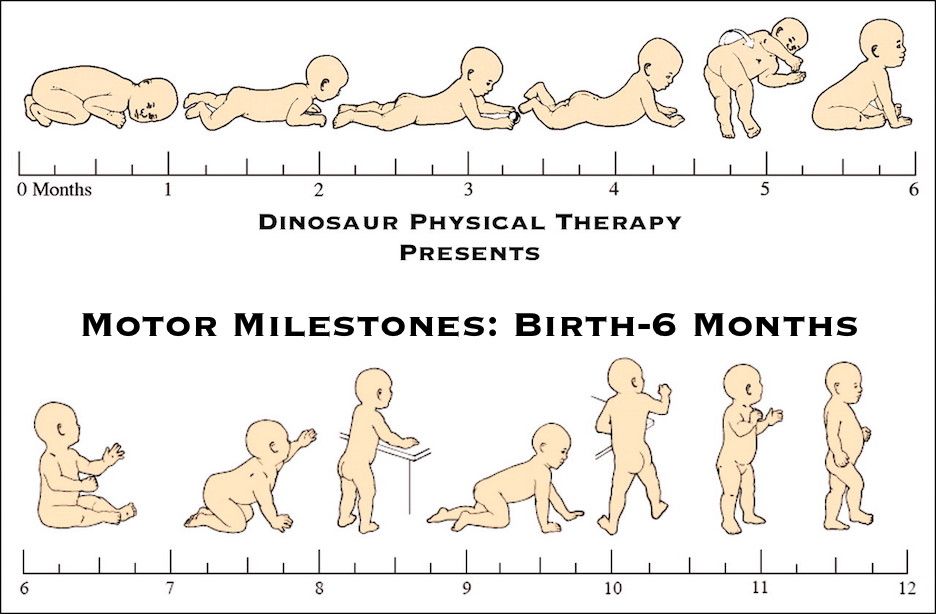
The baby holds his head more and more confidently, turns it to the sound or following the movement of the object. It is worth paying attention to the pediatrician if by the end of the third month the child does not hold his head at all for at least a minute.
The infant regularly has periods of revival, when he makes faces, actively moves his arms and legs. By the end of the month, when revived, the child throws up his hands.
If you put your baby on his side, he can roll over on his stomach or back. It is good during this period to maintain his reflex crawling and grasping reflex. When the baby grabs your fingers, you can pull him up to a half-sitting position several times and put him back, “pumping” his abdominals. For a short time, you can put it on a hard surface, supporting it under the armpits. Many children like the "bicycle" exercise, when an adult holds the baby's legs and rotates them.
Mental development of a child at 2 months
A two-month-old child already knows his relatives (mother, father, grandmother, grandfather) by sight, reacts to their appearance with a smile and even laughter, and becomes animated when they approach him.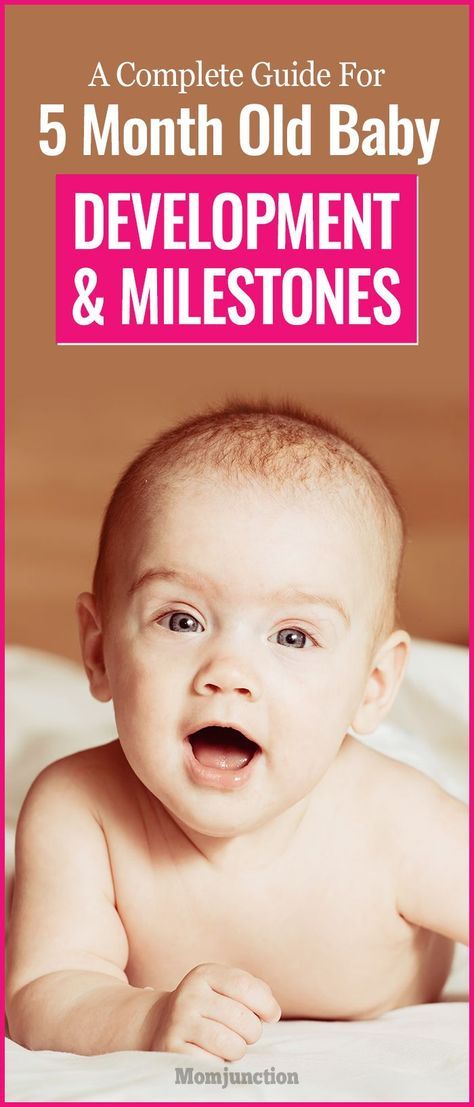 Adults can support the development of the baby by constantly talking to him, showing him various objects and explaining his actions.
Adults can support the development of the baby by constantly talking to him, showing him various objects and explaining his actions.
If the baby does not recognize the mother by the end of the third month, it is worth consulting with the pediatrician. An important indicator of healthy development at this age is also interest in one's own hands.
The second month of a baby's life can be captured by as many as two developmental leaps!
The first leap occurs in the development of the sense organs, the quality of perception of the world sharply increases. Therefore, the baby distinguishes much more sounds and pictures, sensations and smells. A child at 2 months realizes for the first time that he has hands, and examines them with surprise. If a toy hangs over him, he hits it with his hand or foot.
But only a couple of weeks pass - and the next leap overtakes him! At 2.5 months, the child opens up the "world of nuances", now he is able to notice soft changes in sounds, light, movements.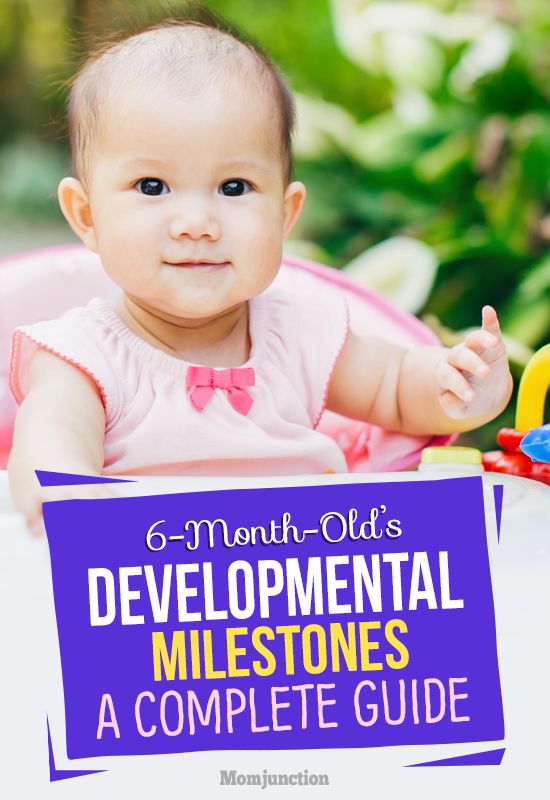 He not only hits the toys, but also reaches for them with his hands, gently feels them or grabs them, brings them closer to him, examines them, shakes them, listens to the sounds made by the toys.
He not only hits the toys, but also reaches for them with his hands, gently feels them or grabs them, brings them closer to him, examines them, shakes them, listens to the sounds made by the toys.
Baby massage at 2 months
Baby can be massaged once a day. Although it is more correct to call it stroking. This is not a mandatory procedure, but only a way of tactile communication with the child. It is important that it is pleasant for both you and the baby.
The best time for a massage is when the baby is full, rested and in a good mood. But do not forget that it is not recommended to massage immediately after feeding, at least an hour should pass. The optimum air temperature is 20–22 ºС. During the massage, gently talk to the child, sing funny songs or read play rhymes.
The development of a child's speech at 2 months
The development of hearing leads to the appearance of new sounds in the "repertoire" of the baby: he begins to "roar", that is, to make lingering sounds like a-a, o-o, a-ha, a-gi , a-boo.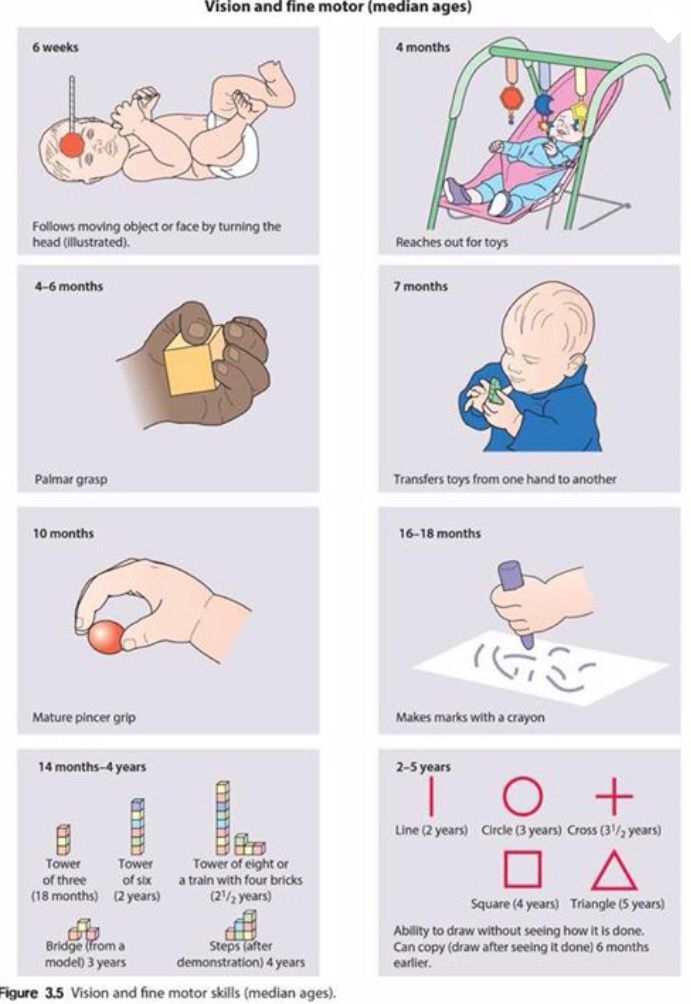 Animation at the sight of mother is also accompanied by joyful sounds. The baby can “talk” with the toy he likes.
Animation at the sight of mother is also accompanied by joyful sounds. The baby can “talk” with the toy he likes.
At this stage, the child is already trying to repeat sounds after adults. He likes to look at them for a long time when they speak, studying facial expressions, lip movements. The kid listens attentively to the voices of people and is very happy with them. He also learns to deliberately attract your attention with sounds!
You can support your baby's speech development by talking to him often and animatedly, even just talking about everything you do. And if both of you are in the mood, you can play Roll Call.
Bring your face close to your baby so that he can see your lips well and begin to pronounce some simple sound that the baby already knows how to make. Pause. If the child begins to pronounce this sound after you, listen to it, keep a short pause and repeat the same sound again. After a few repetitions, change the sound. For example, if before that you said “aaaa” to each other, now try “uuu” (provided that the baby has already mastered this sound earlier).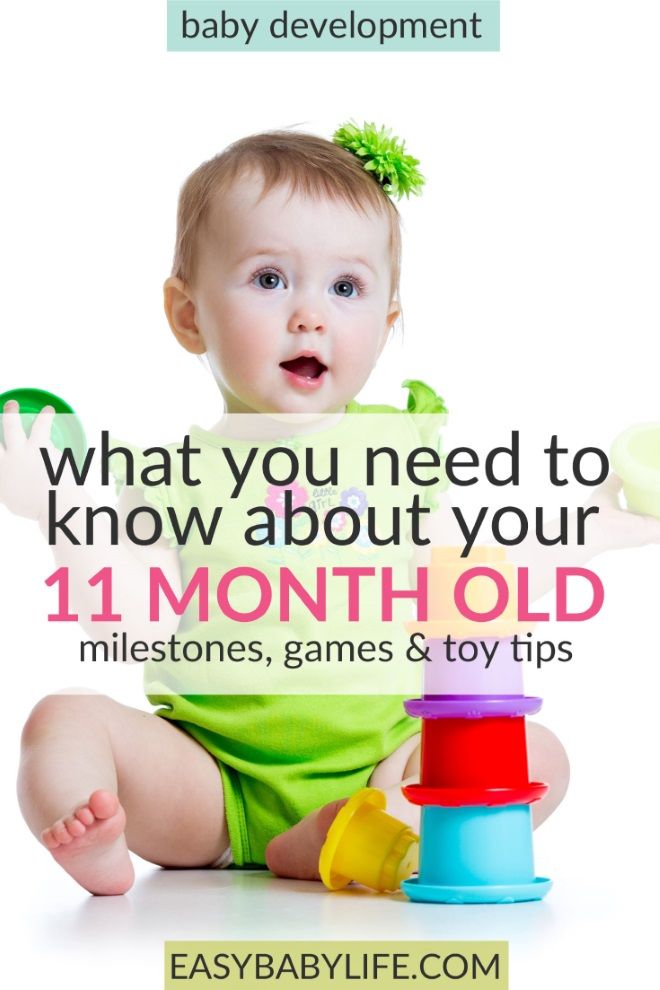
It is possible that at first the baby will not repeat after you even the sounds he has already mastered. Then you can join the "roll call" spontaneously at the moment when he himself starts the "talk". The very fact that he will hear a repetition of his own sound from your lips will help him become more aware of the sounds he makes and gradually learn to repeat them after you.
How to play with a 2 month old baby
- Game 1. Development of tactile sensations . Since a two-month-old baby tries to touch objects with both hands, invite him to feel objects of different textures and temperatures. Pieces of fabrics, large slingobuses, light rattles and "rustles". It will be useful to stroke the palms, during which the child can either clench his fists, then straighten his fingers, developing the muscles of the whole arm.
- Game 2. Tracking . Approach at a distance of 20-25 cm from the baby's face. When he fixes his gaze on you, slowly move to the left, then to the right.
 When this game is mastered by the child, try to do the same using a small bright toy.
When this game is mastered by the child, try to do the same using a small bright toy. - Game 3. Music and rhythm . Just dance with the baby in your arms! By themselves, rhythmic movements develop interhemispheric connections, help the development of speech. And if at the same time the mother also sings, the baby will surely be delighted.
If you find it difficult to find suitable games for a two-month-old baby, read our series of articles about games with babies using the PEKIP system, and you will discover new opportunities for joint leisure for yourself and your child.
Toys for 2 month old baby
"Toys of the month" can be called sensory toys. Rattles are still relevant.
How sleep and child development influence each other
A 2-month-old baby sleeps 15-16 hours a day, of which 8-10 hours are spent at night. Read more about the night and daytime sleep of a two-month-old baby in our service "Child's sleep month by month".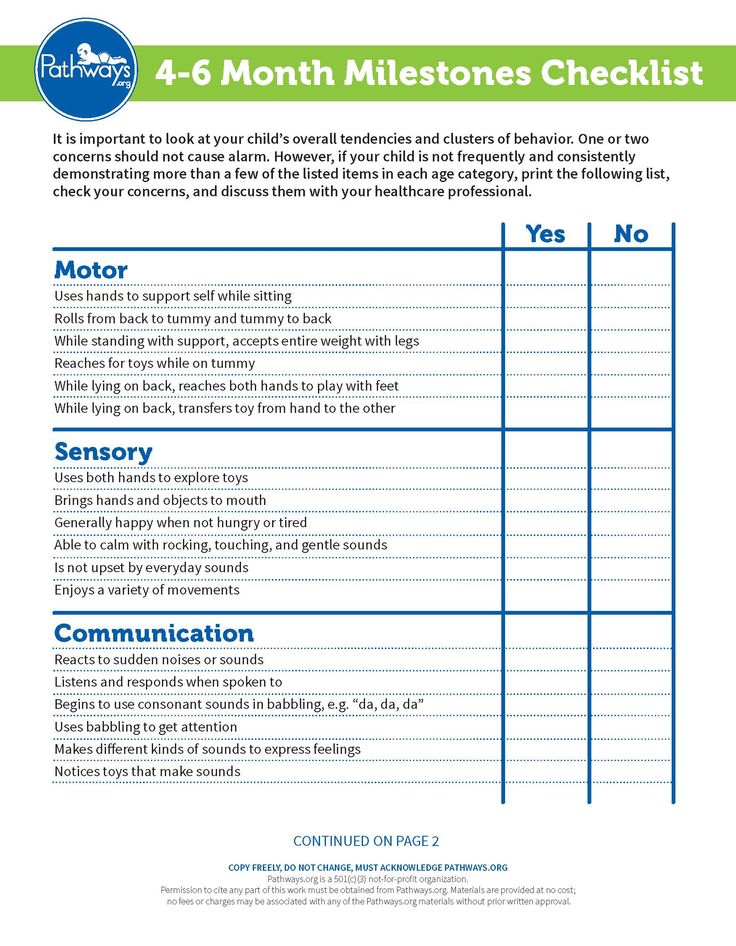
The golden rule of the BabySleep Center for Children's Sleep and Development: if the house is noisy and fun all day long and your baby needs to sleep, white noise can be your salvation.
Often at this age, parents are disturbed by short daytime naps (20–40 minutes). The good news is that the child's ability to fall asleep early at night begins to mature: if a one-month-old baby could fall into a night's sleep closer to midnight, then a two-month-old is likely to fall asleep before 22 or even about 20 o'clock.
Moms most often worried this month:
To give or not to give a pacifier? A pacifier can be good for calming a baby when he is anxious. Or, for example, if he is already hungry, and the mother was late for a walk and cannot immediately feed the baby. True, not all children immediately accept it.
The American Association of Pediatrics believes that the use of a pacifier reduces the risk of ARDS and reduces stress and anxiety in the infant.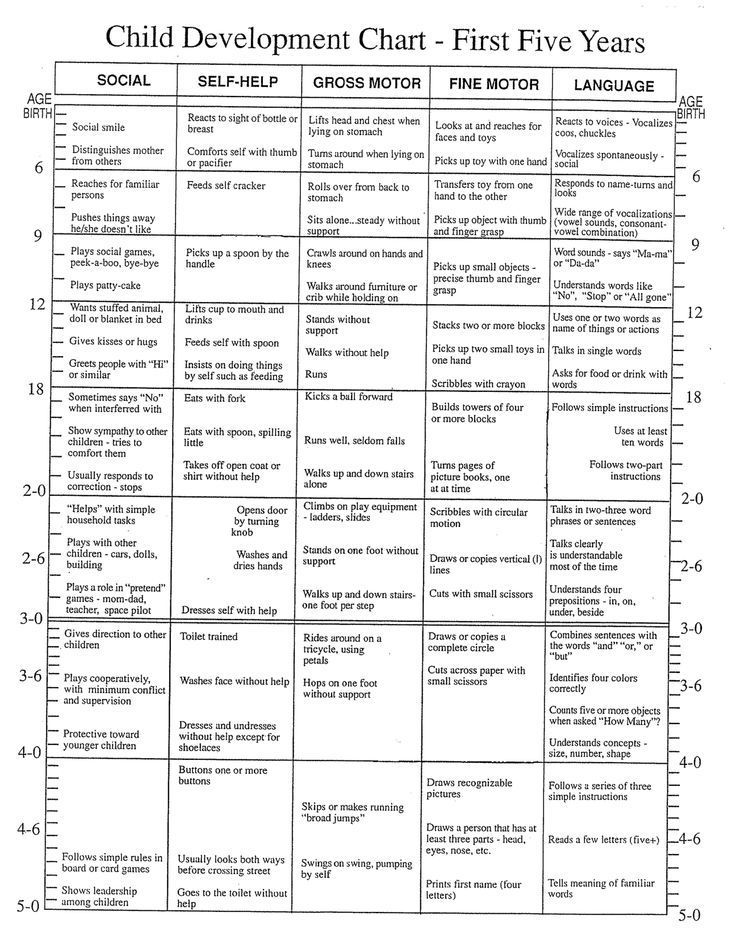 Most often, mothers worry that a dummy will interfere with breastfeeding. Therefore, the introduction of a pacifier after lactation is recommended.
Most often, mothers worry that a dummy will interfere with breastfeeding. Therefore, the introduction of a pacifier after lactation is recommended.
We have written a detailed article about the benefits and harms of pacifiers, what they are and how they help prolong 20-minute sleeps.
BabySleep FAQ this month
Mom:
“Baby is 10 weeks old. First, he does not sleep well during the day. Sometimes he can’t meet at all, although he was active all day and very tired. It happens that dreams last only 30 minutes and are very restless. In the evening he falls asleep early - sometimes at 7, sometimes at 8. He can wake up at 10, and then at 1 in the morning. But after 3 a.m., the child hardly sleeps: he groans, tosses and turns, wakes up every hour or half an hour. What to do?"
Consultant's answer
Anna Bakhareva
Top sleep consultant, BabySleepConsult Senior Supervisor, psychologist
laying down for daytime sleep.


